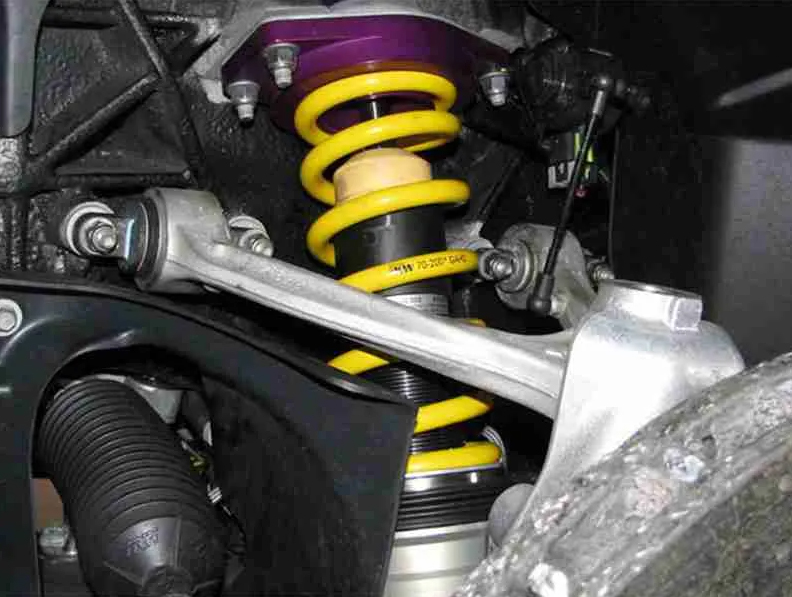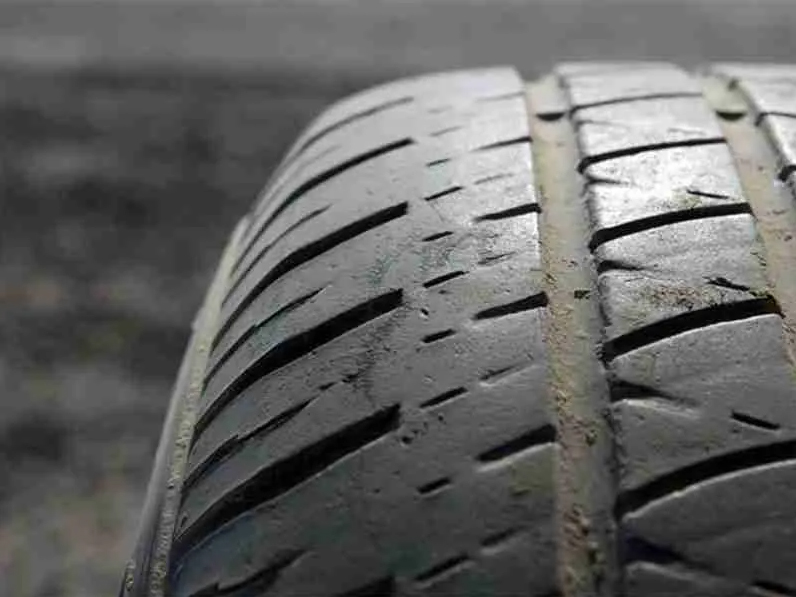Symptoms of Bad or Failing Suspension Springs
The coil spring is a buffer element, named after the shape of a spiral. It is made of elastic material and restores its natural length when unloaded. Coil springs are the main component of modern suspension systems, allowing your vehicle to "levitate" on the ground. These springs absorb the impact of road bumps by compression and expansion.
How Do Coil Spring Suspensions Work?

When the impact force of the road surface on the wheel is transmitted to the coil spring, the coil spring compresses and bounces back, absorbs the kinetic energy of the wheel, converts it into the potential energy of the coil spring, and the damping applied by the shock absorber makes each tire always contact the road surface. Keep in contact. Thereby mitigating the impact of the ground on the car body. However, the coil spring itself does not consume energy, and the spring that stores the potential energy will return to its original shape and convert the potential energy into kinetic energy again.
Springs and shocks are the two main components that determine how your vehicle reacts to bumps. Some shocks are mounted inside the coil spring. This is called a coil-over shock absorber suspension setup, or “coilover” for short.
Many vehicles come with coilover suspension from the factory, but there are a plethora of aftermarket options available that allow you to lower your ride height or alter spring rates for better cornering performance.
The upper part of the coil spring is positioned below the spring perch (sometimes called a top hat in coilover suspensions) while the bottom part of the spring is positioned on the lower control arm. As you may know, the lower control arm assists in keeping the wheels securely held in place.
The combination of coil spring and shock absorber is a clever combination of mechanics. Make full use of the characteristics of the two, can alleviate the impact of the ground. In this way, when the driver is driving through an obstacle, the coil spring drags the shock absorber piston during the reciprocating process many times, and the driving oil absorbs most of the vibration energy, so that the car can be fast, stable and comfortable.
What are the bad symptoms of coil springs?
If you have a bad coil spring in your truck, there are definitely going to be some noticeable symptoms that you will experience. Once you recognize them for what they are, you should do something about them immediately.
Below are five of the most common signs you have a faulty coil spring.
1.One of Symptoms is Sagging Corner
If the coil spring of the vehicle is broken, the vehicle will obviously sag to a certain corner or look lower. Just look from the outside and notice this. The spring is designed to provide stability for the vehicle, and the vehicle loaded with cargo should be flat. Any form of bias sagging usually means a problem with the coil spring.
Not only does driving reduce stability. This problem can also cause excessive wear on one side, and the tire tread may fail prematurely and cause a lot of operating problems. If you do not pay attention to the inspection, it may also cause a flat tire. This warning signal should never be ignored, otherwise it may become bigger.
2.One of Symptoms is Bounciness
When driving on bumpy roads, the vehicle will shake and bounce up and down, and the job of the coil spring is to ensure that this phenomenon is avoided. If the coil spring is broken, it will not be able to prevent this bounce. In order to get the most comfortable ride experience, it is best to replace them.
3.One of Symptoms is Uneven Wear on Tires
The coil spring supports and dampens the body, so that the wheels and tires are always in contact with the road surface, and buffers the impact force transmitted from the uneven road surface to the frame or body, and attenuates the resulting vibration to ensure that the car can run smoothly.
If your coil spring is broken, your tires sometimes even leave the road, just under normal driving conditions. Once this happens, the tire tread will wear prematurely and unevenly, resulting in driving performance problems on the road. Even if you complete the tire rotation, you need to change the tire faster than usual.
4.One of Symptoms is Rattling or Clunking
In addition to the shaking that you will experience from bad coil springs, there will be an annoying clunking or rattling noise coming from the suspension system too. This rattling noise will increase in volume as you accelerate the vehicle more and drive over rough roads.
Do not just ignore this rattling noise because it is an early warning sign that you need to get your coil spring replaced.

5.One of Symptoms is Warning Light
Most newer vehicles have warning lights for the traction control system of the vehicle. There are sensors built into the suspension which keep track of the vehicle’s stability.
Whenever the sensors detect any unusual behavior, it will cause the warning light to illuminate on the dashboard. Take this as a warning sign that there’s a problem with your suspension, possibly your coil springs.
You might not realize the exact problem at the time, but you will know soon enough if you experience the other symptoms too.
How Long Do Coil Springs Last?
Under normal circumstances, car springs can be used for 100000 kilometers, basically without replacement. Under normal circumstances, the road surface is flat, there are not too many bumpy sections, and the quality of the coil spring itself is not much problem.
There is no accurate answer to this question. Most people will only consider replacing the coil spring when the following situations occur:1. The car has obvious sinking and collapse.
2. When the car is driving, it will feel high and low.
3. It will feel very bumpy when encountering rough roads.
3. When driving through the pit, you can hear the sound of the bottom of the shock absorber.
If you don't know if you need to replace it, you can go to a professional auto repair shop and let the repair shop check it.
